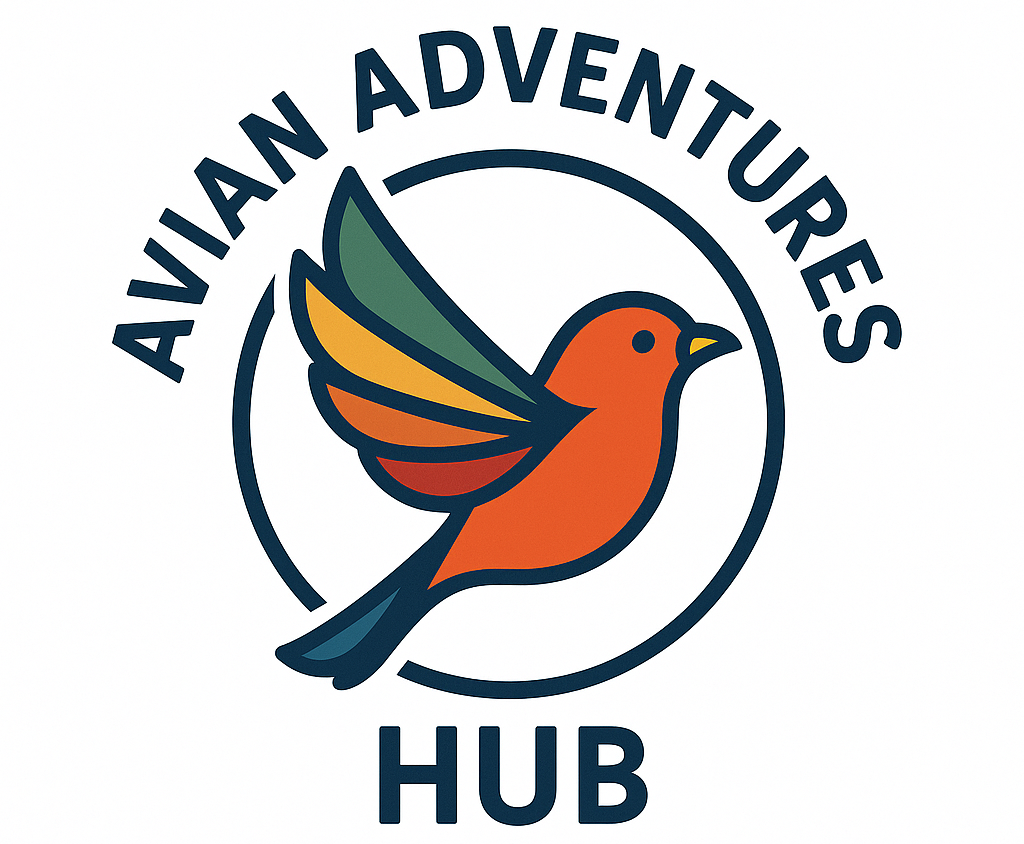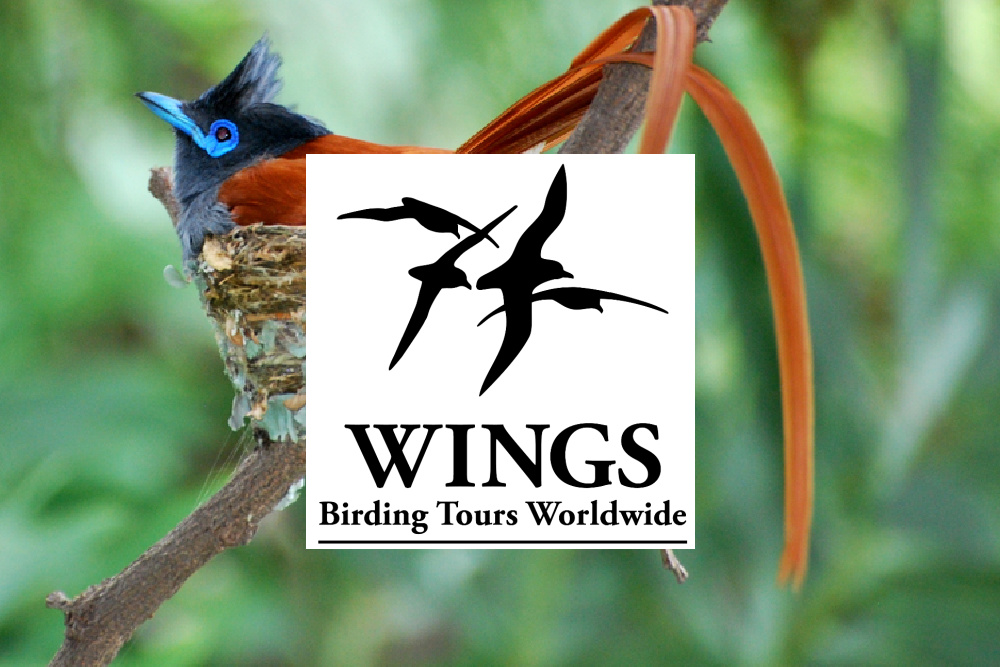Tanzania: Kilimanjaro to the Serengeti
Click link below to learn more:
Length of trip
Description
At the time of independence, Julius Nyerere, the first president of Tanzania, was well aware of the global significance of his young nation’s wealth of wildlife, and made great efforts to ensure its security. Consequently almost one quarter of the country is today well maintained within national parks and various types of wildlife reserve. The most famous of these are in the north and they have become the framework for what has become a classic safari, our continuously refined and updated WINGS Tanzania bird-and-mammal watching tour.
We’ll begin at a fold in the densely forested slopes of Mount Meru, an elegantly chiseled pyramid of a (dormant) volcano standing in the lee of the taller, more famous yet often somehow less daunting Mount Kilimanjaro. After spending our first two nights here at an historic lodge we’ll descend toward East Africa’s Great Rift Valley through the unique baobab savanna of Tarangire National Park. We’ll visit the modest Lake Manyara National Park on the floor of the Great Rift Valley before climbing once again into cooler montane elevations, ascending via a zig-zag road up the steep western wall of the rift to the edge of the mighty escarpment and a small town called Karatu on the approaches to two of the most fabled tapestries within the wondrous gallery of East Africa’s wildlife destinations, the captivating beauty that is Ngorongoro Crater, and the all embracing grasslands and woodlands of the seemingly infinite Serengeti National Park.
After nine days of exploration in this contiguous “two park wildlife haven” we’ll draw our safari to a close, passing two peaceful nights at a very relaxed lodge on the tranquil, papyrus-fringed shoreline of Africa’s greatest lake Nyanza-Victoria before flying back east, from the nation’s second city of Mwanza, to Kilimanjaro International Airport. A final night passed at the remarkably bird-rich KIA lodge will be followed by a morning’s birding in the dry acacia bush of the nearby Maasai steppe.
This by-now classic safari bird and mammal tour (it was conceived in 2010) of fifteen field days should yield well over five hundred bird species together with what must be an almost unrivalled list of seventy-plus mammal species seen. It therefore provides both a perfect “faunal introduction” for any first time visitor to East and Central Africa as well as a reminder to repeat visitors that a visit here is one of if not our planet’s great natural history experience. Furthermore the majority of these birds and mammals may be observed at close range and with little effort from our fully-customized safari vehicle, and hence watched very well indeed.

